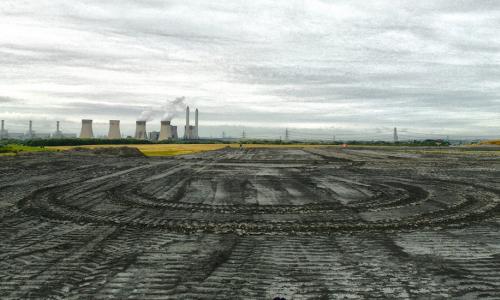The Energy Reorganization Act of 1974 created the U.S. Nuclear Regulatory Commission (NRC). This act of Congress gave the NRC the important, and exclusive, task of protecting the public from the radiological consequences of nuclear power. No other entity at the local, state, or federal level shares this responsibility with the NRC. In fact, all other entities are legally precluded from encroaching on the NRC’s regulatory turf. Thus, there is no backup at any level to protect the public when the NRC does its job poorly.
This report exposes regulatory malpractice by the NRC regarding the pressurized water reactor (PWR) containment sump problem. This problem afflicts 68 of the 103 nuclear reactors operating in the United States and makes it much more likely that one of these reactors will experience the ultimate disaster: meltdown with containment failure. Though this problem has been faced and fixed at literally dozens of PWRs around the world, only one U.S. PWR has been fixed to date.
Our analysis clearly documents that the NRC neither enforces its own regulations adopted to protect the public nor uses the legal means at its disposal to revise regulations it no longer cares to enforce. Regulatory Malpractice details how the NRC selectively uses risk arguments to enforce or dismiss regulations at its convenience. Additionally, this report examines the history of the NRC's actions—and inactions—on this safety issue dating back to the 1970s.
The NRC's regulations are its strength; in general, these regulations are supposed to keep the risk from nuclear reactors at an acceptable level. The NRC's weakness is its inability to enforce its regulations consistently; like the assembly instructions for a bicycle or the directions for medication, regulations are only effective when they are followed. By failing to enforce its regulations consistently, the NRC is not keeping the risk from nuclear power reactor operations at an acceptable level. The risk is, in fact, unacceptably high by the NRC's own standards.
The purpose of our report is not to chronicle yet another abysmal regulatory failure by the NRC. It certainly achieves that end, but that was not the objective. After all, it could be easily lost in the vast archives of similar reports by UCS, the General Accounting Office, the NRC's Office of the Inspector General, and many others. Instead, this report seeks to provide the United States Congress with compelling evidence that the NRC is shirking its unique responsibility of protecting public health and safety. It is our hope that Congress, which created the NRC with its Energy Reorganization Act, will expeditiously undertake the intensive series of hearings needed to reform the NRC so that it consistently enforces its safety regulations. In other words, we hope Congress will do now what it would do in its post-mortem inquiries into a tragic PWR accident—but skipping the part where the health of thousands of Americans is harmed and a large region of our country is ruined for decades.



